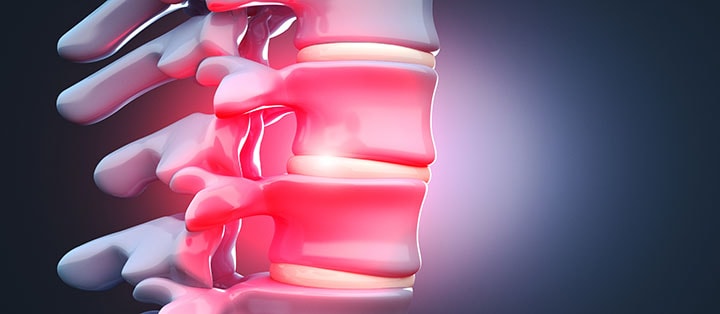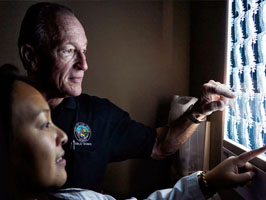Joints, which are the points in the body where two bones meet, are what facilitates movement and provides stability to the musculoskeletal system. Within the joints, areas of cartilage support nearby bones by adding a cushioning of sorts and preventing them from grinding against one another. Joints bear a significant amount of the body’s weight and are regularly strained as an individual goes about their everyday activities. For this reason, joints are highly susceptible to gradual deterioration and injury.
Degenerative joint disease, commonly referred to as “osteoarthritis”, is a condition in which the shock-absorbing cartilage that cushions joints becomes inflamed, breaks down and is eventually lost. Osteoarthritis is extremely common, with more than 25 million people across the United States and 1/3 of adults over the age of 65 encountering significant degenerative joint disease.
Without treatment, degenerative joint disease usually becomes worse over time and can begin to affect all of the major joints in the body, including those in the spine, hands, hips and knees. By obtaining an accurate diagnosis and proactively addressing your osteoarthritis, you can often eliminate or alleviate debilitating symptoms and prevent the development of problematic secondary conditions.

Degenerative Joint Disease Causes
The primary cause for degenerative joint disease is age and general wear and tear incurred due to the body’s natural aging process. However, certain factors can incite or exacerbate this condition, such as:• Frequently lifting heavy objects or making strenuous movements, often due to manual labor and jobs requiring a lot of physical activity
• Congenital joint malformation
• Genetic predisposition and gender, as women are more likely to encounter osteoarthritis than men
• Joint injuries or unexpected traumas, such as those that may occur in a car accident or high-impact sport. Even if the wound has healed, it can increase your risk of developing osteoarthritis years later.
• Obesity or carrying extra weightLack of exercise and regular activity
Smoking
• Malnutrition
If you believe you may be at risk for contracting osteoarthritis, speak with one of our highly-acclaimed spine physicians about how to best prevent early onset or severe degenerative joint disease. By living mindfully and making minor adjustments, it is often possible to proactively manage the extent of cartilage deterioration.
Degenerative Joint Disease Symptoms
Degenerative joint disease typically isn’t diagnosed until painful symptoms cause a patient to seek a medical examination, although the condition can develop for many years prior. Common symptoms of osteoarthritis include:Pain and stiffness around the affected area, especially in the morning or after a period of inactivity
Localized swelling, redness and tenderness
Limited mobility, including particular trouble with using eating utensils, getting in and out of chairs, dressing or putting on shoes
Bone spurs
A grating sensation when trying to move a joint
It is possible for osteoarthritis to encourage numerous joint-related conditions, including herniated discs, spinal stenosis and fractures. If a patient’s particular case of degenerative joint disease has progressed to this point, various symptoms such as back pain, muscle weakness and fatigue may occur. Speak with a medical professional as soon as you notice anything unusual. Obtaining a prompt and comprehensive diagnosis is the best way to maintain and improve your quality of life.

